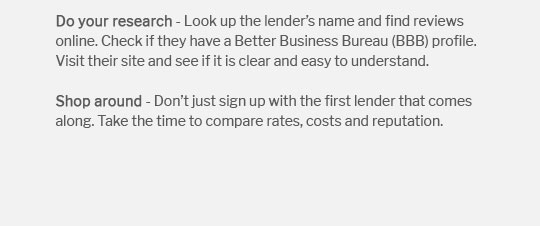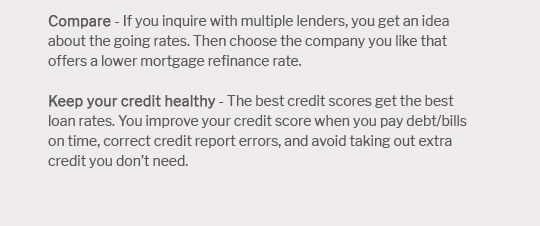 |
|||
 |
 |
 |
||
|---|---|---|
 |
||
 |
||
 |
||
 |
||
 |
||
 |
||
 |
 |
 |
 |
Understanding US Mortgage Refinance Rates and Their Impact on HomeownersIntroduction to Mortgage Refinance RatesMortgage refinance rates in the US are a critical factor for homeowners considering refinancing their existing loans. These rates can influence the total cost of a mortgage and the monthly payments homeowners need to make. Understanding these rates is essential for making informed financial decisions. Factors Influencing Refinance RatesCredit ScoreYour credit score is a significant determinant of the refinance rate you might qualify for. Generally, a higher credit score can lead to lower interest rates. Market ConditionsEconomic factors, including inflation and the Federal Reserve's monetary policy, can impact mortgage rates. It's beneficial to keep an eye on current market trends when considering refinancing. Benefits of Refinancing
Considerations Before RefinancingClosing CostsRefinancing often involves closing costs, which can include application fees, appraisal fees, and more. It's crucial to weigh these costs against the potential savings. Loan TermsReview the new loan terms carefully. Ensure they align with your financial goals. For those in specific regions, such as refinance rates south dakota, regional economic conditions can also play a role. Types of Refinance Loans
For those considering a government-backed loan, understanding fha refinance requirements can provide valuable insights into eligibility and process simplifications. Frequently Asked QuestionsWhat is the current trend for US mortgage refinance rates?US mortgage refinance rates fluctuate based on economic conditions, including inflation and Federal Reserve policies. It's important to regularly check reliable financial news sources for the most current trends. How can I improve my chances of getting a lower refinance rate?Improving your credit score, reducing your debt-to-income ratio, and maintaining steady employment can enhance your chances of securing a lower refinance rate. It's also advisable to shop around and compare offers from multiple lenders. Are there any risks associated with refinancing?Yes, refinancing can extend your loan term, resulting in more interest paid over time. Additionally, you may face upfront costs such as closing fees, which should be considered when calculating potential savings. https://www.freddiemac.com/pmms
The 30-year fixed-rate mortgage ticked down by two basis points this week. Recent mortgage rate stability continues to benefit potential buyers this spring, as ... https://www.zillow.com/refinance/
The current average 30-year fixed refinance rate fell 3 basis points from 7.08% to 7.05% on Tuesday, Zillow announced. The 30-year fixed refinance rate on March ... https://www.pennymac.com/rates
Personalize your rate ; 15 Year Fixed. $2,952 - 5.990% ; 20 Year Fixed. $2,609 - 6.499% ; 30 Year Fixed. $2,299 - 6.875%.
|
|---|